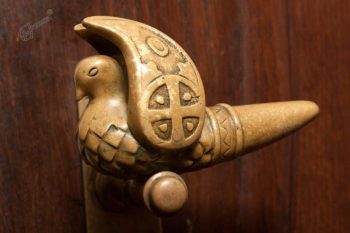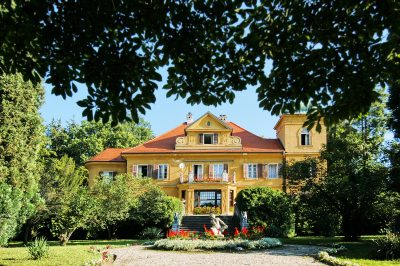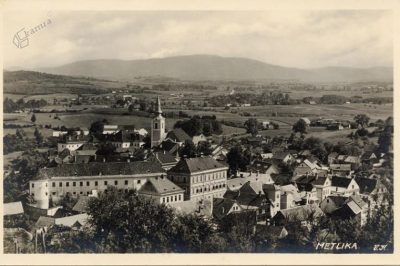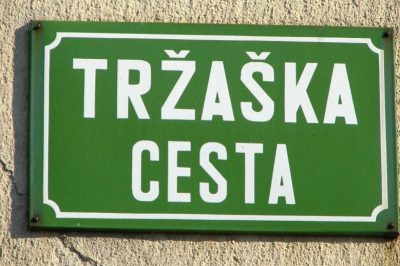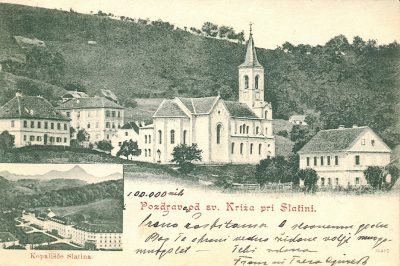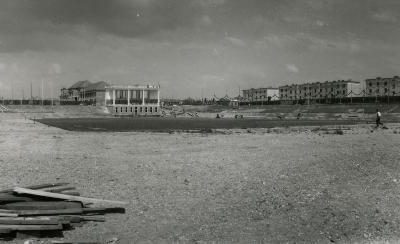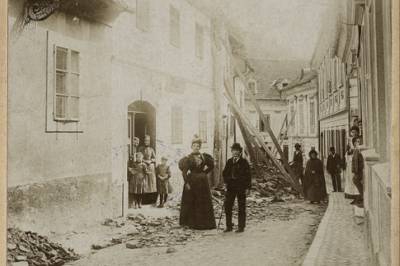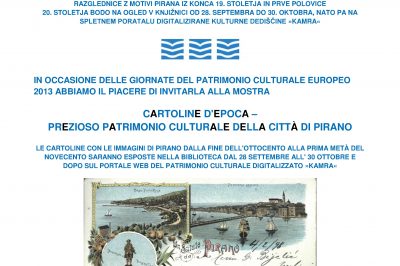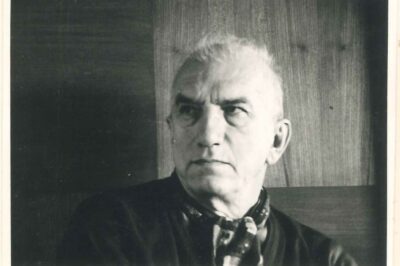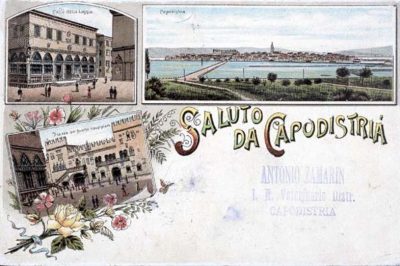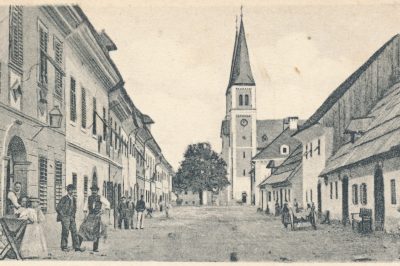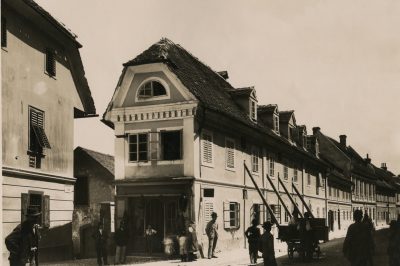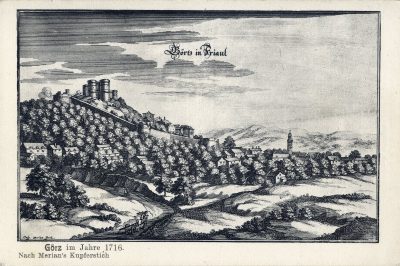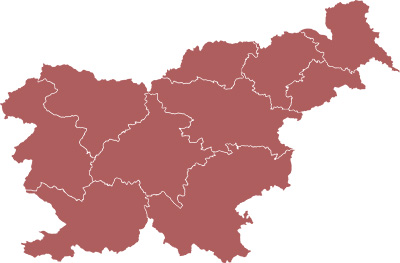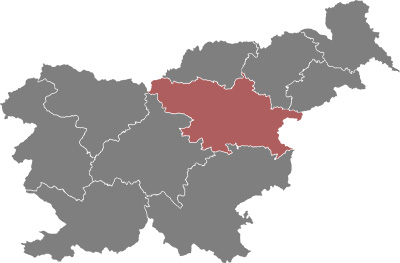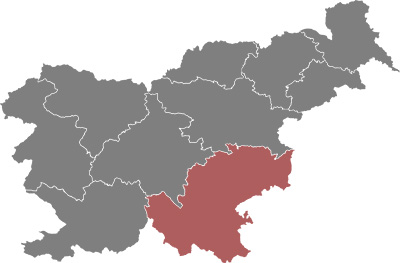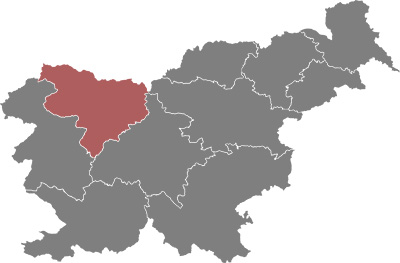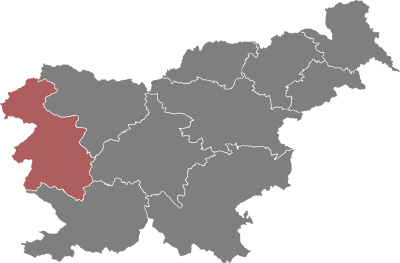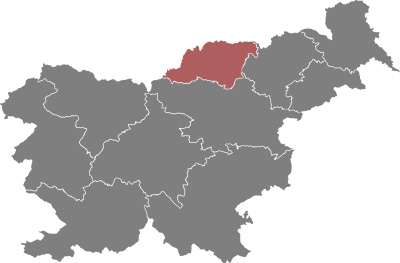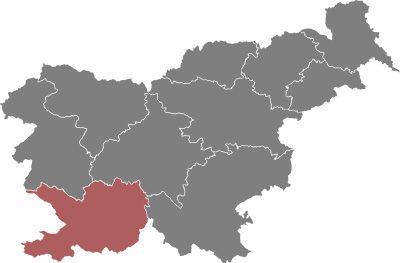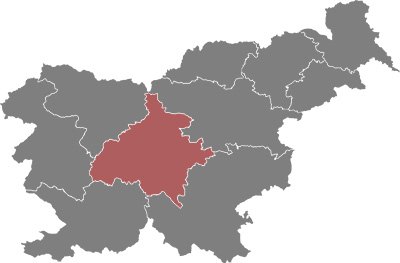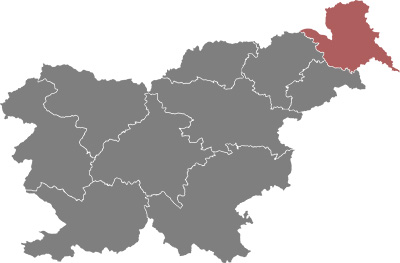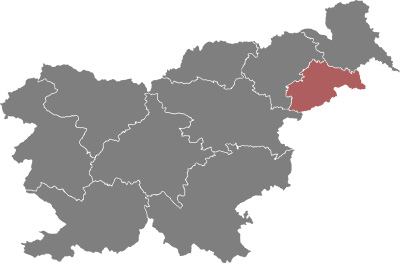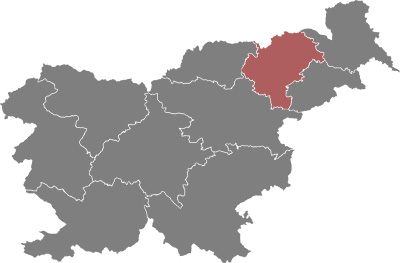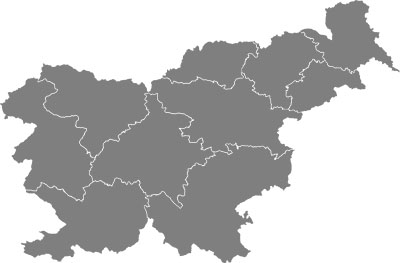In the digital database, one can find the complete opus of the architect Jože Plečnik’s works in the Kamnik municipality, including in the town of Kamnik and its surroundings. The collection includes textual, photographic and video presentations of his works.
Vienna, Prague, Zagreb and Ljubljana are the capitals marked by the genius of our architect, Jože Plečnik.
With his immortal style, he left his signature in Kamnik and its surroundings, as well.
His first creation in this area was the royal hunting lodge in Kamniška Bistrica, which was built between 1932 and 1934. The facade of a railway station in Kamnik and the furnishings for a “rustic living room” above the Stele family’s lectarija (gingerbread) workshop belong to the pre-war and wartime period. The remaining works were created by Plečnik after the Second World War. Some plans made by Plečnik and his co-workers were not realized. This was the case with St. Martin’s Church in Šmartno in the Tuhinj Valley.
In the middle of the 1950s, there was a ceiling of the church of St. Dorothea in Kostanj, in the Tuhinj Valley, made from Plečnik’s designs, but unfortunately it has not been preserved. Plečnik invited local masters to work on his plan, and used materials from the local environment. The craftsmen included: Maks Bergant, woodcarver and gilder; Franc Vettorazzi, a stonemason from Stranje; Franc Koncilja, a carpenter from Mekinje; Alojz Kladnik, a carpenter from Stranje; Franc Končan, a locksmith from Domžale; and Franc Jenko, an organist from Šentvid.
Plečnik was assisted by three of his students from his architecture academy: Vinko Glanz, Magdalena Neřima (nicknamed Majda), and Anton Bitenc. They often cooperated or finished his projects. Their own architectural solutions were highly-marked by Plečnik’s style. He was in contact with Nikolaj Sadnikar, a locally well-known antiques collector from Kamnik, a fact which can be read in the architect’s letters to his friend, Emilija Fon.
The letter reads: “Through one student, I sent the first after-war greeting on the Slinovica postcard to the famous Nikolaj Sadnikar in Kamnik. He answers me that I brought him great joy and surprise, with the picture of the Mother of God from Slinovce, and with very nicely-conceived fringe inscriptions on the card. He is happy that the Germans ‘left his collection intact and that they had so much respect’ that the highest-ranking man there wrote, in the special memorial book for Germans: ‘Ich bewundere Ihr Lebenswerk’ (‘I admire your life’s work’), and that he was given a final written declaration that the collection must remain intact and safe.” (From the book, Jože Plečnik: Pisma Jožeta Plečnika Emiliji Fon, Prijateljstvo je najvišja oblika ljubezni. Ljubljana: Rokus, 2002, page 120.)
Jože Plečnik was born on 23 January 1872, in Ljubljana. He began as a furniture carpenter in his father’s workshop. Plečnik’s formal education began in the industry and craft school in Graz, Austria. In 1892, after his father’s sudden death, he left Graz for Vienna, where he worked as a furniture designer. In 1894, he introduced himself to Otto Wagner, the most famous architect in the city, who employed him in his own studio. He continued his studies the following year in Vienna Academy of Fine Arts, where Wagner taught. In 1897, he received the first prize, together with co-author Otmar Schimkovitz, in a design competition for a new Guttenberg monument in Vienna. He received a scholarship which enabled him to take a study tour to Italy and France. The tour highly marked his style. He ended it in 1899, due to his mother’s death.
In 1900, he started his career as an independent architect in Vienna, and became a member of Vienna Secession. Later, he became a professor in Prague. The Prague period included Plečnik’s selection as the architect for the elaborate renovation of Prague Castle—the peak of his career. In 1920, he accepted a professorship at the Faculty of Architecture in Ljubljana. In 1949, he received a Prešeren Award, Slovenia’s top prize for artists, and an honorary doctorate from University of Ljubljana. His outstanding works include projects in Vienna (Villa Langer, Zacherl House, St. Charles Borromeo fountain, the Church of the Holy Spirit), Prague (renovation of Prague Castle, the Church of the Sacred Heart), Serbia, Croatia and Bosnia.
He was the architect of many buildings in Slovenia, but he left the most significant mark on Ljubljana. Jože Plečnik was entirely devoted to creativity, which is why his personal life was not at the fore, and why he never married. Since a young age, he preferred to draw in his spare time. His Vienna colleagues remembered him as taciturn and dedicated to work, and so he remained throughout his life.
Plečnik was a unique creator, an opponent of functionalism, and his works cannot be placed in certain architectural style. They are marked with exceptional symbolism, flirtation with antiquity and folk art. He was deeply religious, held on to a rich inner experience of the world, boasted an exceptional imagination and creative spirit that accompanied him till the end of his life, on 6 January 1957, in Ljubljana.
“The greatest things were not done by the scholars, but by the clever and hot-blooded people – healthy drunken people.” (Jože Plečnik in a letter to his brother Andrej, undated)
“Only by work, when a man feels the wings of eternity for a moment, does the man get something that cannot be taken away from him, not by anyone.” (Natalija Švab: Jože Plečnik. The Mirror, February 2007)
Translation: Marica Drolc
Editing: Noah Charney
Sources and literature:
Andrej Hrausky, Janez Koželj, Damjan Prelovšek: Jože Plečnik: Vienna, Prague, Ljubljana. Ljubljana: Cankarjeva založba, 2006.
The archives of the parish office of Zgornje Stranje.
Jože Plečnik and Anton Bitenc: The technical report for the renovation of the parish church in Šmartno in Tuhinj Valley. The archives of the parish church office Šmartno in Tuhinj Valley.
Peter Krečič: Jože Plečnik. Ljubljana: Državna založba Slovenije, 1992.


